|
NOTICE
The success of your products and brands begins with a
better understanding of your shopper's brain. Herb is keynoting the SHOPPER BRAIN CONFERENCE - USA www.ShopperBrainConference.com JUNE 23-24, 2016 NOTICE
After nearly a lifetime of selling, studying selling, and studying the minutest details of how shoppers buy, I am here outlining what is probably the very best way to sell to shoppers, for self-service (serve yourself) retailers and their suppliers. There are three essential components of this optimized selling system, each part of which is used with great success by some. And there is no reason that all three cannot be used in concert. It is this "in concert" feature that is of greatest present interest, since I have written about all three, over time, but never seeing, even myself, how the three can fit together like a hand in glove, until recently. "Crowd" Focus! The first of the three features of scientific selling we will discuss, addresses just exactly what you should be focusing on to sell. 40,000 SKUs in a store, is the very antithesis of focus. However, for a single item to be sold to a single shopper, the shopper must focus on that single item, long enough to consummate the selection. So our first principle is about how the crowd can guide us to focus on what we should sell to the individual! James Surowiecki wrote an interesting book a few years ago, The Wisdom of Crowds, in which he showed that although our culture generally trusts experts and distrusts the wisdom of the masses, "under the right circumstances, groups are remarkably intelligent, and are often smarter than the smartest people in them." Surowiecki identified four conditions where the crowds are smarter than the experts. Interestingly, all four of these conditions are met by the "crowd" of shoppers found in a typical store. In the store situation, the "experts" who select what will be offered for focus to the shoppers, are the category managers at the retailer, and the "expert" marketers at their brand suppliers. The shoppers themselves are an indiscriminate crowd. It is easy to assess the choices of the experts. These will be the products that they give favored attention to, both by their location within the store, but also by their location on the shelf, and the amount of space allocated to them (the Planogram). Placement is itself heavily influenced by competitive issues and payments to the retailer. So how can we assess the wisdom of the crowd of shoppers? Massive amounts of data that could be used for that purpose are available for every day, within the transaction logs that the checkout registers produce. These three "crowd" charts below, show just what products the crowd for the full store believe should be purchased, and what just in the category they think should be purchased, and for a single brand, what they think should be purchased. 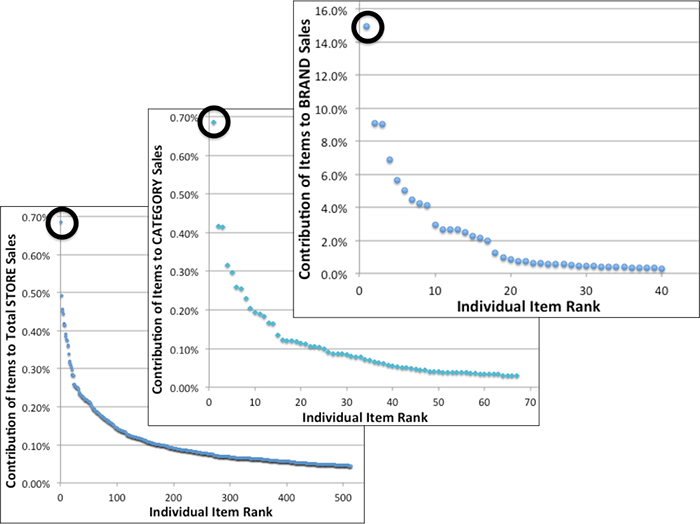 In every case the crowd selects a single item as the item they focus on, with maybe a few hundred others for the full store, a dozen or so for the category, and maybe five others for an individual brand. This is the wisdom of the crowd that should trump the experts! So our rational, scientific approach to selling to shoppers, begins with a very narrow focus on exactly what the crowd tells us every day, at the checkout stands. We have argued this point repeatedly in prior issues of the Views, but our thoughts and arguments never considered the source of the data we were urging to attention. But in restating this second of the Five Vital Tenets of Accelerated Merchandising, it became apparent the "Wisdom of the Crowd" was the driving force, where focus, focus, focus could lead to increasing sales and profits. "Social" Motivation! Whereas the first principle of scientific selling relies on knowledge of the "crowd," widely available in any modern store, but ignored to an astonishing extent, the second component of scientifically selling to shoppers, deals with how to motivate the shopper to buy. If you have properly selected what to sell in this massively non-selling environment, then the question is, what small thing can have an outsize impact on the shopper, here? 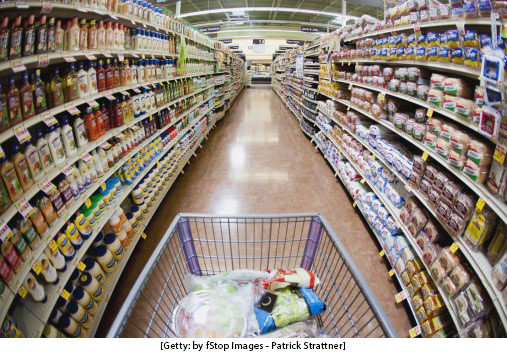 It is important to recognize that for the vast majority of fast moving consumer goods, the shopper is not heavily invested in the purchase. They make too many purchases of them, too fast, to participate in some time consuming deliberative process. They make most of these purchases in seconds, 3 to 45+ seconds, with 18 seconds being typical, across the store. Shoppers readily leverage the "wisdom of the crowd," in the best way they can. That is, mostly they don't care a lot about exactly what they buy, they are more than willing to default to what "everybody" buys - loosely stated. They have been to the store many times, and know that tiny displays on the top shelf are NOT what everyone is buying. There are lots of cues, but this is perhaps the best I have ever seen: 
In this case, Jif peanut butter is being sold as the "#1 Choice of Choosy Moms." I mean, unless you are really bent on buying something else, who, in their right mind, would want something other than what choosy mom's want! This is true "social" marketing, which has taken on another meaning in terms of social-media on the internet. But think this through, and you will realize that it is exactly the same thing - relying on a social group with which you readily identify, to vouch for the products/services that the seller wants you to buy. 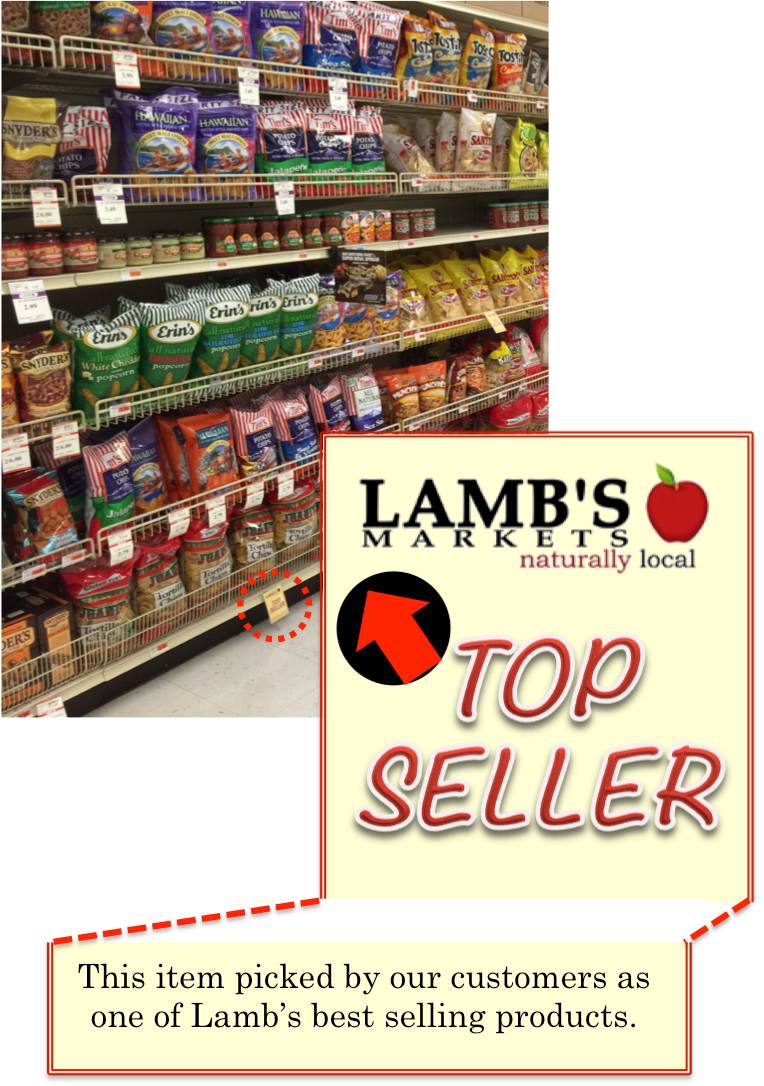
The "social," motivational component of the sale can be used a lot more widely than it has been used, with a few provisos. "Social" selling can be used just like "New!" which is also a useful motivator, if it is not overused. And just as with "New," social selling must be credible, and if abused, will gradually lose its power. However, "social" does have a lot of flexibility. For example, "Connoiseurs Favorite," may work well for a wine. And of course, "Mikey likes it," was apparently successful. But "Shoppers in this store [or category, or brand, etc.] have made this a "best selling" item, is a generic concept that can be made very personal and specific by incorporating the retailers name. We have used this particular "Top Seller" concept to motivate sales at multiple stores over several years. In our latest execution, the 80+ items tagged in this way had sales lifts averaging better than 40% sales increases! (And note, no price changes, and often enough in very poor display conditions, such as the bottom shelf.) We will have more to say about this under the third component of selling, "Nudge," but for here, we summarize that the "Crowd" gives you the data on what you should apply "Social" motivation to. And notice that the crowd itself is a suitable motivation, because there is a strong attraction for people to do what other people (the crowd) do. Which in this case is to buy the product that you will call their attention to as what the crowd is purchasing. "Nudge" Action! The third aspect of this scientific method of selling to self-service shoppers, is the nudge to buy, not the shove, that is common to our merchant warehousemen retailers. But before I get too deeply into the nudge aspect of the sale, let me give tribute to the tremendous contribution of self-service retailers to the growth of prosperity around the world, over the past century. During that time, building massive stores with a massive range of inventory well justified the century old mantra of "pile it high, let it fly." The growing long tails of merchandise meant that even products only attractive to very few shoppers, increased the unspoken shopper perception: "This store has everything I might possibly need!" However, the unpaid "stock-picker" shopper is finding ways to buy that are more efficient and personally rewarding for them. A new day is dawning, and it doesn't take a genius to recognize that anything bought regularly could be simply scheduled for delivery, rather than left merged into the shoppers "stock-picker in the aisles" chores. And notice too, that there is no way to build a bricks store that can carry "everything!" The real question is how to solve those two problems, if you are a bricks-and-mortar retailer, without giving up your inherent geographic advantages. (Your surviving advantages are: experiential shopping and the immediacy of quick trips.) The bottom line is that you must transition to being a hybrid bricks/online retailer. A conceptual plan for doing just that is outlined in the first chapter of the second edition of, Inside the Mind of the Shopper: The Science of Retailing, due to be released in July. Kudos for your past, but the expiration date on those, not specific, but certain, is approaching at a frightful speed. I'm pointing out here, that habit and the subconscious are already driving online sales massively, even if NOT solely. Thus, it is not too soon to be getting serious about nudge selling, right now, in the bricks store. In this Views, so far, I have outlined how the wisdom of the crowd drives online sales, every time a new, unknown shopper shows up. Actually, it works for known shoppers too, if the online shopper doesn't already know what they probably want. It is crowd wisdom that drives successful selling everywhere, to know what has the highest probability of what the shopper wants/will buy. Social attraction is always a useful means to link the prospect for a sale to the specific item being sold. And we will now show how nudge selling can get the prospect efficiently across the line of buying, using the example of the Top Seller tag shown above. In this case, we are training the shopper to buy what they are already buying, and providing a nudge stimulus to help them buy faster - and more, over time - as they continue buying. Steps in Training the Shopper to Buy - How and Why it Works!
This is the way in which we can nudge shoppers to buy what they are already most likely to want to buy (crowd wisdom.) Our nudging may eventually bring additional shoppers to the table, but the first effect is to increase the speed of purchase, which drives more sales of that or nearby products. One of the attractive features of this natural system of selling is that it need not interfere with any of the other promotional efforts the retailer may be making nearby where these Top Seller tags are quietly (whispering) their effects. Don't put the Top Seller tags too close together; and allow several months for the program to grow sales, like a plant grows. Don't plan the crop and then like an 8 year old, pull it up by the roots because you haven't seen much growth in a month. It requires time for the seed to germinate and grow! In fact, the Amazonian system of online selling is essentially a nudge mode process, founded first on identifying immediately, (if not sooner ;-) exactly what the shopper wants and immediately nudging the sale forward with one click. It is very clear to me that studying online and bricks retail methods, each component of a sale, and especially the workings of the shoppers mind can benefit both online and bricks retail selling. I hope you find this useful to your own thinking!
Here's to GREAT "Shopping" for YOU!!! |



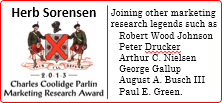




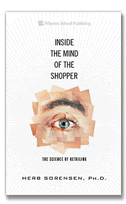
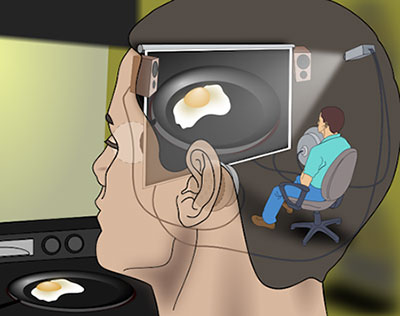 The
The